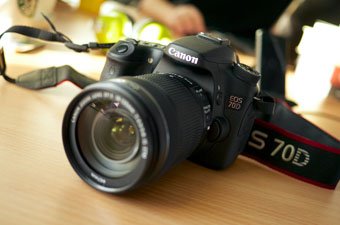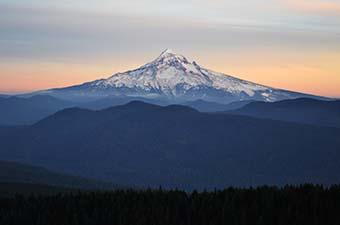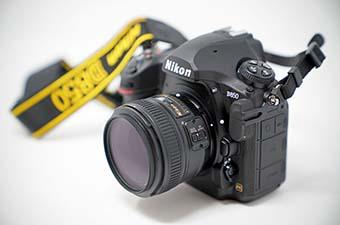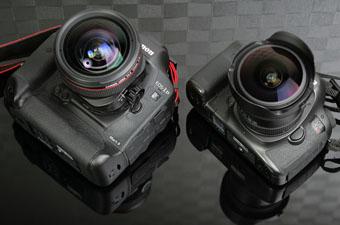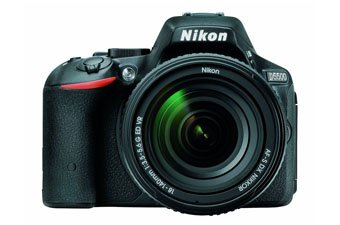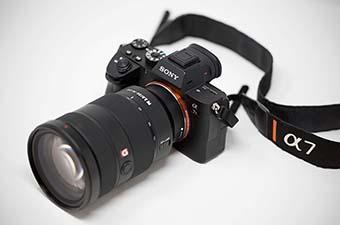The D7200 is Nikon’s leading crop-frame DSLR and a fantastic camera overall. Many of the technical specs are similar or the same as the D7100, but notable improvements include increased buffering speed, Wi-Fi and NFC, a much-improved top LCD screen, and longer battery life. Below we break down the best lenses for the Nikon D7200, including top zoom and prime lens options from wide angle to telephoto. You don’t want to skimp on lenses given the quality of the camera, but we’ve listed a number of reasonably priced options along with the heavy hitters.
Nikon D7200 Kit Lenses
Nikon 18-140mm f/3.5-5.6 VR ($1,497 for the kit)
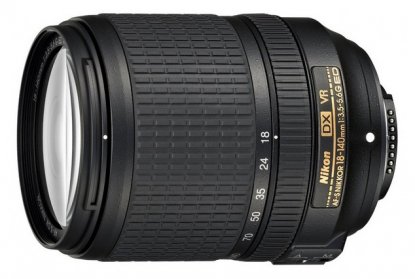 Weight: 17.3 oz.
Weight: 17.3 oz.
35mm equivalent: 27-210mm
Maximum aperture: f/3.5
What we like: Solid optics, very versatile, and a great value.
What we don't: A little heavier than we would like.
You wouldn’t want to pair the D7200 with a entry-level kit lens, and accordingly, Nikon has foregone the usual 18-55mm and 18-105mm packages for the 18-140mm VR. This is our favorite walk-around zoom lens in Nikon’s DX lineup: it’s sharp, has vibration reduction, and a considerably longer zoom range than any other zoom except for the all-in-one lens below. The weight of 17 ounces is decently heavy but still reasonable for the lens type, but a reach of 140mm does leave many wanting a true telephoto for a complete set-up. How good of a value is this kit? You save roughly $200 off the price of the lens alone, which makes it pretty darn attractive for those who don’t already own DX lenses.
See the Nikon 18-140mm VR
All-In-One Lenses
Nikon 18-300mm f.3.5-6.3 VR ($697)
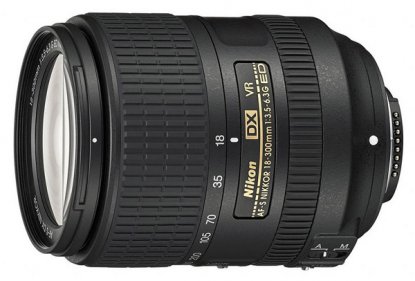 Weight: 19.4 oz.
Weight: 19.4 oz.
35mm equivalent: 27-450mm
Maximum aperture: f/3.5
What we like: Extremely versatile.
What we don't: Some softness at the long end.
With an all-in-one lens you can cover virtually the entire spectrum of focal lengths without changing glass. For uses like travel, kids, and event photography, the Nikon 18-300mm VR is a very versatile lens that combines solid image quality with unparalleled convenience. Released in 2014, the latest version of this lens is lighter and cheaper than the older model, with the only sacrifice being a maximum aperture at the telephoto end of f/6.3 instead of f/5.6. Amazingly, the 18-300mm lens actually weighs less than the Nikon 18-200mm below.
See the Nikon 18-300mm VR
Nikon 18-200mm f/3.5-5.6 VR II ($647)
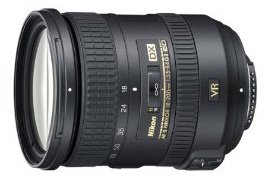 Weight: 19.8 oz.
Weight: 19.8 oz.
35mm equivalent: 27-300mm
Maximum aperture: f/3.5
What we like: Cheaper than the 18-300mm above.
What we don't: Less zoom range and slightly heavier.
For years, the Nikon 18-200mm VR II was the leading all-in-one lens for DX-format cameras. With an equivalent zoom range of 27-300mm and Nikon’s vibration reduction technology, this lens captures sharp images throughout its range and has a sturdy build that is made to last. One notable downside of the 18-200mm VR II is that it doesn’t have enough reach for certain types of telephoto photography. Wildlife photographers, for example, likely will need the extra 100mm of length that the 18-300mm above or 55-300mm below have to offer. It’s also heavier than the 18-300mm despite having shorter zoom. But for less money, the 18-200mm VR still is an intriguing option.
See the Nikon 18-200m VR II
Wide-Angle Lenses
Nikon 10-24mm f/3.5-4.5 ($897)
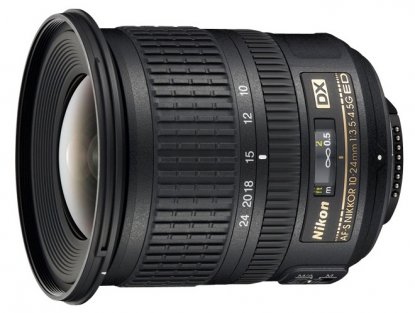 Weight: 16.2 oz.
Weight: 16.2 oz.
35mm equivalent: 15-36mm
Maximum aperture: f/3.5
What we like: Nikon’s best wide-angle lens for DX.
What we don't: Pricey and no vibration reduction.
The 10-24mm f/3.5-4.5 is Nikon’s highest quality DX format wide-angle lens—it’s wider and sharper than any other comparable lens and excellent for landscape photography and architecture. As is the case with virtually all wide-angle zooms, you can expect some distortion at the wide end and the low light performance isn’t as good as a prime. But we love the zoom range, which is equivalent to 15-36mm on a 35mm camera and covers virtually all of the useful focal lengths from ultra-wide to a normal field of view.
See the Nikon 10-24mm
Tokina 11-16mm f/2.8 DX II ($449)
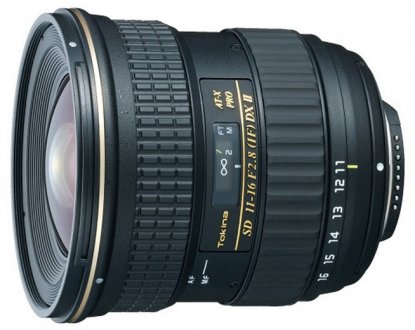 Weight: 19.8 oz.
Weight: 19.8 oz.
35mm equivalent: 16.5-24mm
Maximum aperture: f/2.8
What we like: A reasonably priced wide-angle zoom.
What we don’t: Distortion and weight.
If you’re not a wide-angle specialist but still want a good lens for the D7200, the Tokina 11-16mm f/2.8 DX II is a nice alternative to the Nikon 10-24mm above. Most importantly, it's cheaper and offers superior low light performance by two-thirds of a stop. In terms of optics, the lens is surprisingly sharp and great for uses like landscapes and weddings. The most notable downside of this lens is distortion, which is heaviest at the wide end but noticeable all the way through 16mm (the Nikon D7200 does have a distortion correction model or you can use editing software on your computer).
See the Tokina 11-16mm DX
Walk Around and Portrait Lenses
Nikon 17-55mm f/2.8 ($1,497)
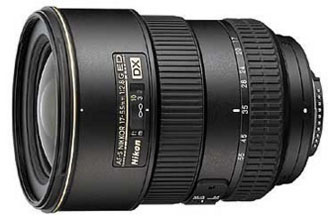 Weight: 26.6 oz.
Weight: 26.6 oz.
35mm equivalent: 25.5-82.5mm
Maximum aperture: f/2.8
What we like: Superb optics.
What we don’t: By far the most expensive lens on this list and no VR.
First, this is an extraordinary pricey DX lens—it’s what you might expect a comparable FX (full frame) zoom lens to cost. In terms of quality, that’s the point. Its equivalent focal length range of 25.5-82.5mm is intended to mimic the 24-70mm f/2.8 lenses that are so popular among enthusiasts and professionals. From an optical perspective, it does just that, with excellent low light performance, great sharpness, minimal distortion, and results that can be difficult to achieve with other DX zoom lenses. Price and weight aside—which are real concerns—we love the 17-55mm f/2.8. One other note: we prefer this lens over Nikon’s new 16-80mm f/2.8-4 below, which is more than $1,000 and has inferior optics and a lot of plastic in the build.
See the Nikon 17-55mm
Nikon 16-80mm f/2.8-4 VR ($1,067)
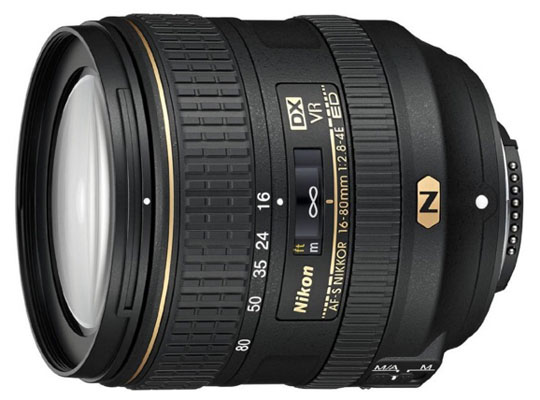 Weight: 17 oz.
Weight: 17 oz.
35mm equivalent: 24-120mm
Maximum aperture: f/2.8
What we like: A very useful 24-120mm focal length range on the D7200.
What we don’t: The 18-140mm is a much better value.
Nikon created the 16-80mm f/2.8-4 as a kit lens for its new high-end D500. Like the 17-55mm f/2.8, this lens is designed to mirror fast and versatile full-frame zooms. In this case, the 16-80mm is equivalent to 24-120mm on a 35mm camera, a popular zoom range that is longer and slightly wider than the lens above. Other positive points of comparison are that it’s more than $400 cheaper than the 17-55mm and weighs about 9 ounces less. Our main issue with the 16-80mm is that it isn’t noticeably better in terms of image quality than the much cheaper 18-140mm f/3.5-5.6. Yes, the maximum aperture is faster by two-thirds of a stop, but it’s also surprisingly heavy on distortion and has a plastic feel. We don’t dislike the 16-80mm, it’s just not nearly as good of a value as the 18-140mm and not a true pro lens like the 17-55mm.
See the Nikon 16-80mm VR
Nikon 16-85mm f/3.5-5.6 VR ($697)
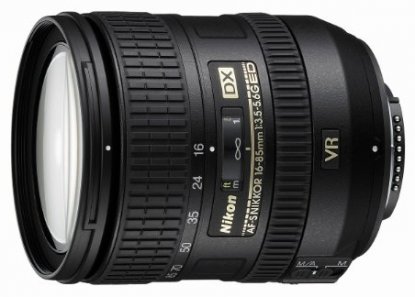 Weight: 17.1 oz.
Weight: 17.1 oz.
35mm equivalent: 24-127.5mm
Maximum aperture: f/3.5
What we like: Wider at 16mm than all other non-wide-angle lenses.
What we don't: Less reach than the 18-140mm above and approximately the same weight.
Considering the $300 price tag of the 18-140mm kit lens above, it’s tough to recommend the 16-85mm VR at over $600. The optical quality is similar: the 16-85mm is sharp, has fast autofocus, reasonably low distortion for a zoom, and vibration reduction. However, it doesn’t offer nearly the same reach at only 85mm and actually weighs almost exactly the same amount (the 18-140mm is .2 ounces heavier). We like the 16-85mm on its own as walk-around and portrait lens for the D7200, but unfortunately not up against the 18-140mm. If you’re not buying the kit it’s a closer call, but we would still favor the longer zoom range.
See the Nikon 16-85mm VR
Nikon 35mm f/1.8 ($197)
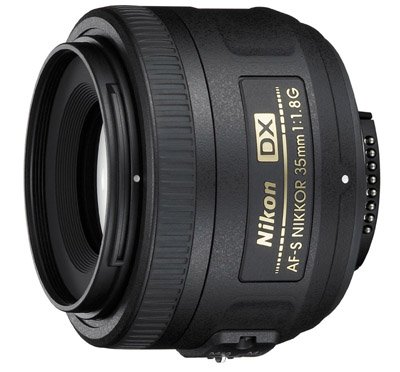 Weight: 7.1 oz.
Weight: 7.1 oz.
35mm equivalent: 52.5mm
Maximum aperture: f/1.8
What we like: Inexpensive and great in low light.
What we don't: Plastic build.
If you plan on shooting travel or street photography with the D7200, the Nikon 35mm f/1.8 is a must-have lens. Ounce for ounce and dollar for dollar, it’s one of the best lenses in the DX lineup. It’s sharp, performs well in low light, and is a great value at under $200. One weakness of the Nikon 35mm is that aside from its metal mount, the lens has a plastic build that won’t last forever. But this isn’t a huge risk considering the low price, and we heartily recommend this lens to anyone who finds its focal length relevant.
See the Nikon 35mm
Nikon 50mm f/1.4G ($447)
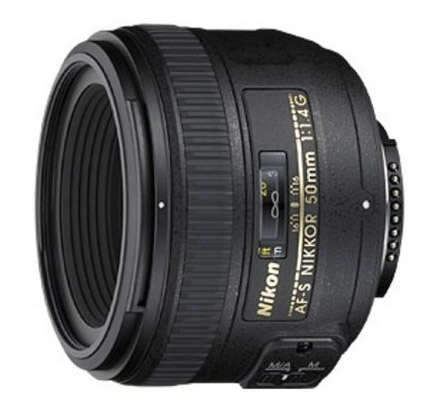 Weight: 9.9 oz.
Weight: 9.9 oz.
35mm equivalent: 75mm
Maximum aperture: f/1.4
What we like: Bright and sharp. A real tool for advanced photography.
What we don’t: Roughly double the cost of the f/1.8 version.
At this focal length, for almost all other Nikon crop-frame cameras we recommend the 50mm f/1.8. But this is the D7200, the cream of the DX crop. Enthusiasts will love the shallow depth of field and top-notch low light performance of the f/1.4, not to mention it’s an FX lens and therefore can be used on full-frame cameras too (on the D7200 it’s equivalent to 75mm). There really are no weaknesses here: the lens focuses quickly and accurately, is super sharp all the way to the corners, and has almost no distortion. It’s true that $450 is a lot to spend on a DX prime lens, but again, it’s the D7200 we are talking about. If you don’t plan on shooting frequently at this focal length but still want a prime option, the f/1.8 remains a fine choice.
See the Nikon 50mm
Macro Lenses
Nikon 40mm f/2.8 DX Micro ($277)
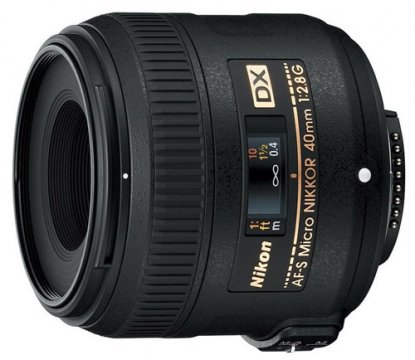 Weight: 9.9 oz.
Weight: 9.9 oz.
35mm equivalent: 60mm
Maximum aperture: f/2.8
What we like: Sharp and inexpensive.
What we don't: 40mm focal length requires getting close to your subject.
Macro lenses are tough and the right choice depends largely on the type of subjects you intend to photograph. The 40mm f/2.8 Micro is best for non-moving subjects that can be easily approached (flowers, food, or product photography). We really like this lens—it’s sharp, inexpensive, and can focus as close as 6.4 inches from your subject. It's also faster than the Nikon 85mm f/3.5 below by two-thirds of a stop.The downside is that the 40mm Micro is too short for serious macro photography, but it still works well as a general lens that you can use to get close.
See the Nikon 40mm Micro
Nikon 85mm f/3.5G DX Micro ($527)
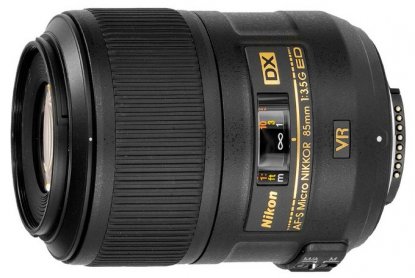 Weight: 12.5 oz.
Weight: 12.5 oz.
35mm equivalent: 127.5mm
Maximum aperture: f/3.5
What we like: Very sharp.
What we don't: A lot of plastic in the build.
For those who shoot macro photography outdoors—think living things like insects, animals, and flowers—the 85mm f/3.5 is Nikon’s leading DX Macro lens for subjects that require some distance. This lens is slower than the 40mm f/2.8 above, but does comes with vibration reduction to help cover the difference. It’s also sharp and focuses quickly. For the highest levels of macro photography with the D7200, the Nikon 105mm f/2.8 is an excellent FX lens that costs more but will shine with its image quality. That lens is equivalent to 157.5mm on the D7200, and of course, has the added bonus of compatibility with Nikon full-frame cameras should you decide to upgrade.
See the Nikon 85mm Micro
Telephoto Lenses
Nikon 55-200mm f/4-5.6 VR II ($349)
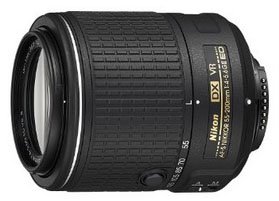 Weight: 10.6 oz.
Weight: 10.6 oz.
35mm equivalent: 82-300mm
Maximum aperture: f/4
What we like: Lightweight and solid optics for the price.
What we don't: Plastic mount.
For 2015 Nikon released an updated version of their trusty 50-200mm VR. The new 50-200mm VR II is about an ounce lighter than its predecessor and collapses down when not in use, making it shorter too. Other than the physical changes, the key specs are the same in terms of focal length and aperture, so the choice really comes to price. As long as the older version is considerably less expensive (it was about $130 cheaper at press time), we would strongly consider leaning in that direction. As supplies dwindle the 55-200mm VR II will become the standard lens at this focal length. For more reach, try the 55-300mm below.
See the Nikon 55-20mm VR II
Nikon 55-300mm f/4.5-5.6 VR ($387)
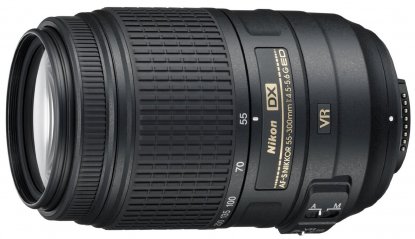 Weight: 18.7 oz.
Weight: 18.7 oz.
35mm equivalent: 82-450mm
Maximum aperture: f/4.5
What we like: 300mm of zoom.
What we don't: Pricey for a crop-frame telephoto lens.
The Nikon 55-300mm VR is the top telephoto zoom for DX-format cameras. It’s sharp, focuses reasonably quickly in most circumstances, and has vibration reduction (camera shake can be an issue with long zoom lenses). Compared to the Nikon 55-200mm above, we like the extra 100mm of range, which can make the difference for wildlife and other close-ups. The downside of this lens is the maximum aperture of f/4.5-5.6, but for photography in normal light, this is a great lens choice with a very impressive range.
See the Nikon 55-300mm VR
Lens Comparison Table
| Lens | Price | Type | 35mm | Aperture | Weight | VR | Filter |
|---|---|---|---|---|---|---|---|
| Nikon 18-140mm f/3.5-5.6 VR | $1,397 | Kit | 27-210mm | f/3.5-5.6 | 17.3 oz. | Yes | 67mm |
| Nikon 18-300mm f.3.5-6.3 VR | $697 | All-in-one | 27-450mm | f/3.5-5.6 | 19.4 oz. | Yes | 72mm |
| Nikon 18-200mm f/3.5-5.6 VR II | $647 | All-in-one | 27-300mm | f/3.5-5.6 | 19.8 oz. | Yes | 72mm |
| Nikon 10-24mm f/3.5-4.5 | $897 | Wide angle | 15-36mm | f/3.5-4.5 | 16.2 oz. | No | 77mm |
| Tokina 11-16mm f/2.8 DX II | $449 | Wide angle | 16.5-24mm | f/2.8 | 19.8 oz. | No | 77mm |
| Nikon 17-55mm f/2.8G | $1,497 | Walk around | 25.5-82.5mm | f/2.8 | 26.6 oz. | No | 77mm |
| Nikon 16-80mm f/2.8-4 VR | $1,067 | Walk around | 24-120mm | f/2.8-4 | 17 oz. | Yes | 72mm |
| Nikon 16-85mm f/3.5-5.6 VR | $697 | Walk around | 24-127.5mm | f/3.5-5.6 | 17.1 oz. | Yes | 67mm |
| Nikon 35mm f/1.8 | $177 | Portrait | 52.5mm | f/1.8 | 7.1 oz. | No | 52mm |
| Nikon 50mm f/1.4G | $447 | Portrait | 75mm | f/1.4 | 9.9 oz. | No | 58mm |
| Nikon 40mm f/2.8 Micro | $277 | Macro | 60mm | f/2.8 | 9.9 oz. | No | 52mm |
| Nikon 85mm f/3.5G Micro | $527 | Macro | 127.5mm | f/3.5 | 12.5 oz. | Yes | 52mm |
| Nikon 55-200mm f/4-5.6 VR II | $347 | Telephoto | 82-300mm | f/4-5.6 | 10.6 oz. | Yes | 52mm |
| Nikon 55-300mm f/4.5-5.6 VR | $397 | Telephoto | 82-450mm | f/4.5-56 | 18.7 oz. | Yes | 58mm |
Our Dream Camera Bag for the Nikon D7200
You have some tough choices for the D7200. Nikon hit a home run with their 18-140mm f/3.5-5.6 lens: it’s more versatile and far better optically than any version of the 18-55mm kit lens, and cheaper than zooms like the 16-85mm and new 16-80mm. It may not be the perfect lens, but is a great value and will satisfy most photographers from enthusiasts to beginners. If we were starting from scratch, we would get the D7200 and 18-140mm kit, which currently is only $300 more than the camera body.
A nice add-on is the 50mm f/1.4G. Fast primes like this one can really take your photography to the next level. The 75mm equivalent is a little close as a walk-around or travel lens and best suited for portraits, but it’s a really fun lens to have in your bag. Again, this is an FX lens so you can bring it with you should you decide to upgrade to a full-frame camera down the road.
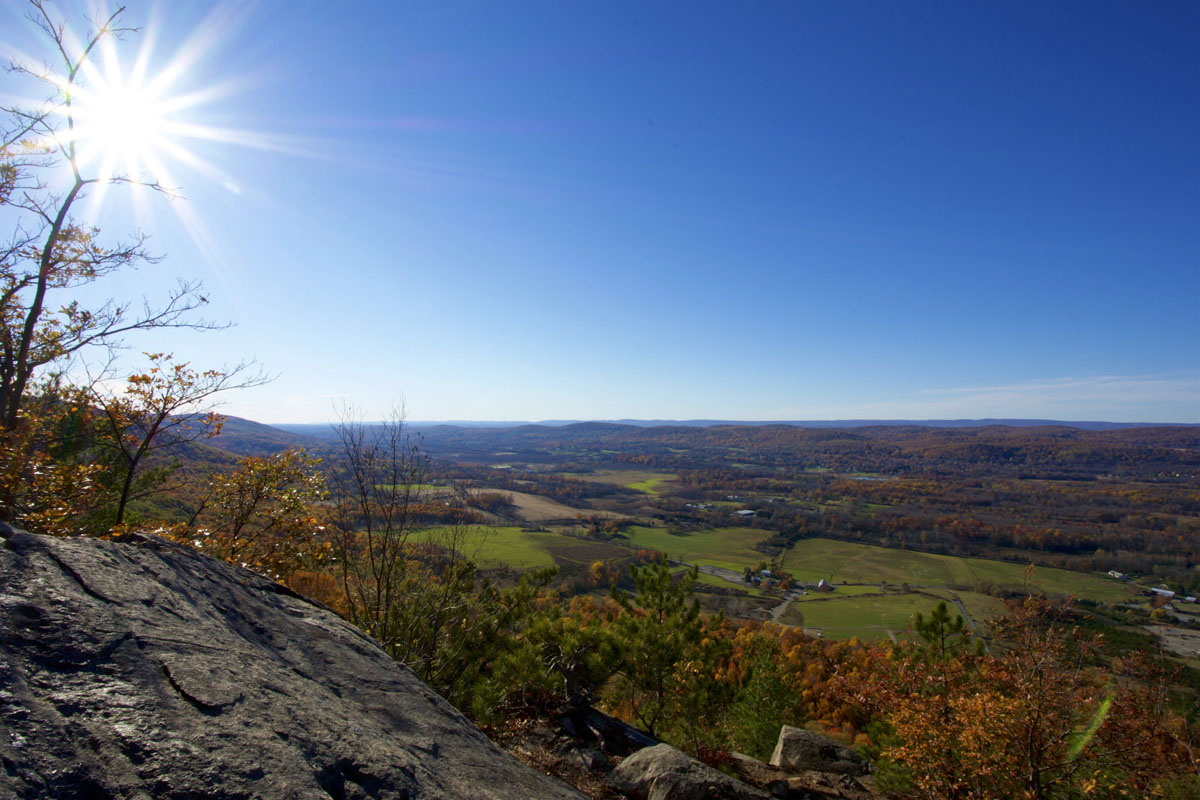
If money is no concern, grab the 17-55mm f/2.8. It’s a ridiculously pricey lens but worth the hype in terms of image quality and build. Nikon seems to be trying to meet in the middle with their new 16-80mm f/2.8-4, but that lens falls short for us. It too is over $1,000 but isn’t noticeably better than the 18-140mm in terms of image quality. Accordingly, we would either save big with the 18-140mm or go full bore with the 17-55mm f/2.8.
Zoom Lenses vs. Prime Lenses
Zoom lenses are very convenient, allowing for more focal length coverage without changing lenses (you can even get an all-in-one lens like the Nikon 18-300mm that covers nearly the entire spectrum). However, they also often have more distortion than prime lenses and slower maximum apertures. Prime lenses, on the other hand, have a fixed focal length but are superior optically and perform better in low light.
The choice between zoom and prime lenses used to be more straightforward: professionals used prime lenses, and zooms lagged behind in quality and were used mostly by amateurs. In recent years, however, both Nikon and Canon have increased the quality and quantity of zoom lenses, and even the 18-55mm VR II kit lens is pretty darn good for the price. The 18-140mm kit lens offered with the Nikon D7200 is a quality walk-around lens that should make most photographers quite happy. And with automatic distortion correction built in to all new Nikon digital SLRS, distortion isn’t nearly as much of a headache as it used to be.
It’s not a bad idea to add a zoom lens for convenience and augment it with a prime or specialty lens at your desired focal length. For travel and street photography, the Nikon 35mm f/1.8 is a terrific lens and available for under $200, and the 50mm f/1.8 is great for portraits and also reasonably priced. Macro photographers will want a good prime macro lens and wide-angle specialists have a choice between the zooms in that category. Given the relatively low cost of non-professional telephoto lenses, many people choose to add one of those to their bag as well.

What About FX Lenses?
Almost all modern FX-format lenses can be used on DX-format cameras like the D7200. If you already own FX lenses or plan to upgrade to a full-frame camera, FX lenses are on the table. There are, however, a couple of reasons not to choose FX lenses unless you meet the above criteria. First, they are considerably more expensive; you’re paying for full-frame coverage but will only use the center portion of the lens with the D7200 (the rest of the costly optics will be wasted). Second, FX lenses usually are larger and heavier than DX-format lenses, making them much more difficult to carry around. It is nice to have the option to use your lenses down the road on a full-frame camera, but we generally don’t recommend buying FX lenses for DX-format cameras.

